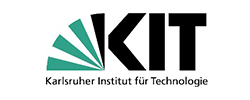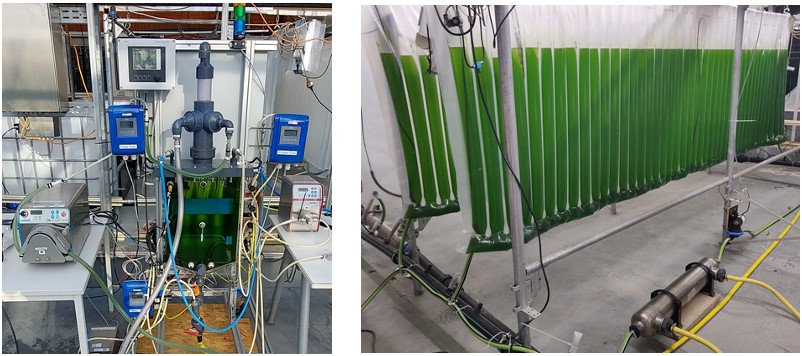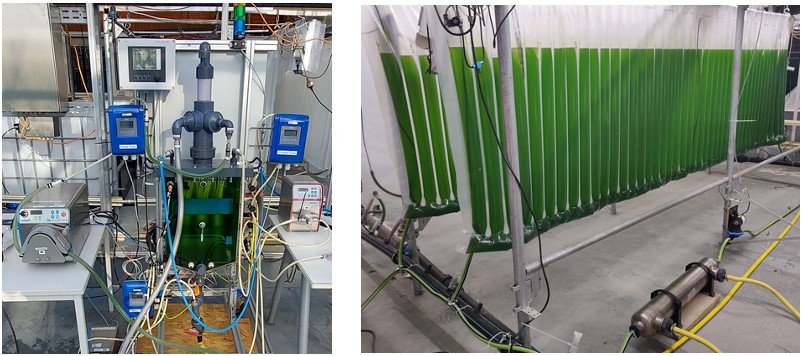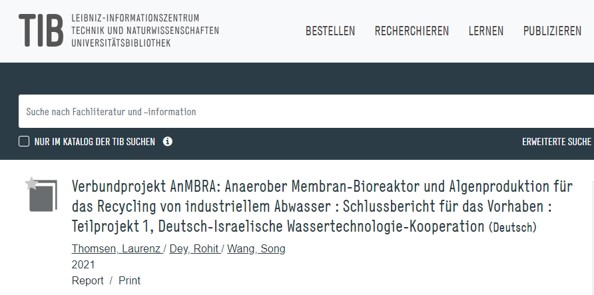In recent years, regulatory requirements for handling treated wastewater have become more restrictive, forcing the wastewater industry to develop more efficient strategies for reducing pollutants. In the AnMBRA project, a wastewater treatment method was developed to address this need. (Project-ID: 02WIL1455)
For this purpose, an anaerobic membrane bioreactor (AnMBRA) was further developed, optimized, and coupled with an algae reactor. The system was used to process wastewater from the food industry and was able to significantly reduce the CO2 footprint of the process. It was simultaneously reducing waste products (nutrients such as phosphate and nitrate) compared to conventional water treatment (see diagram), as these were taken up by the algae for biomass production. While the partners from Israel further developed the AnMBRA bioreactor as well as a novel algae reactor, the focus of the task on the German side was the improved and adapted cultivation and selection of algae, the reduction of biofouling in the bioreactor as well as the process integration and control of harvesting. Laboratory experiments demonstrated that the technology developed in the project recovers important nutrient resources bound in wastewater in an almost emission-free process.
For a typical medium-sized wastewater treatment plant in Germany for a city with 30000 inhabitants and an average wastewater inflow of 7000 m3/day, about 20 ha of PBR and 2 ha of AnMBR area would be needed. The system would drastically reduce nutrient input, produce biogas for energy generation and obtain high value products. In order to achieve economic viability, further research is needed to develop suitable methods for extracting the nutrients from the aqueous concentrate.
The tool was developed within the German-Israeli water technology cooperation project :"Anaerober Membran-Bioreaktor und Algenproduktion für das Recycling von industriellem Abwasser" (AnMBRA).







